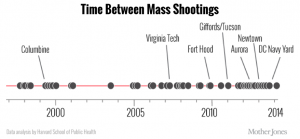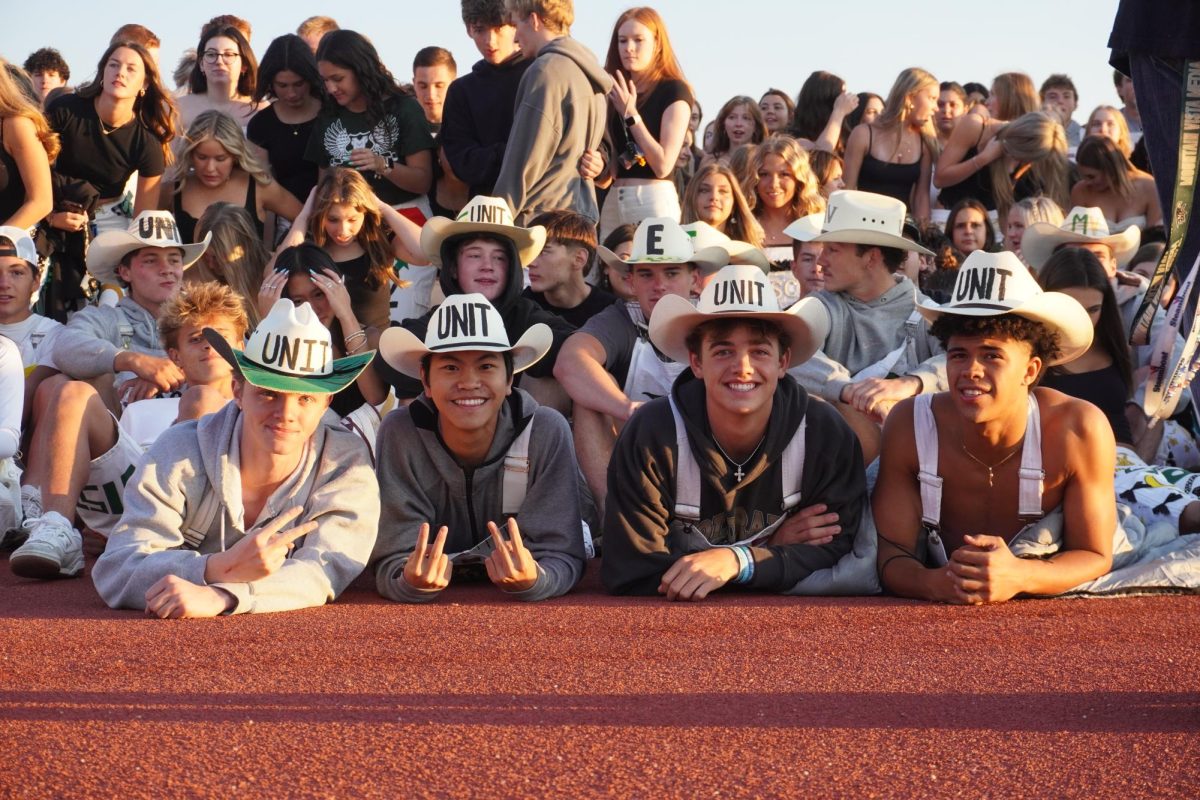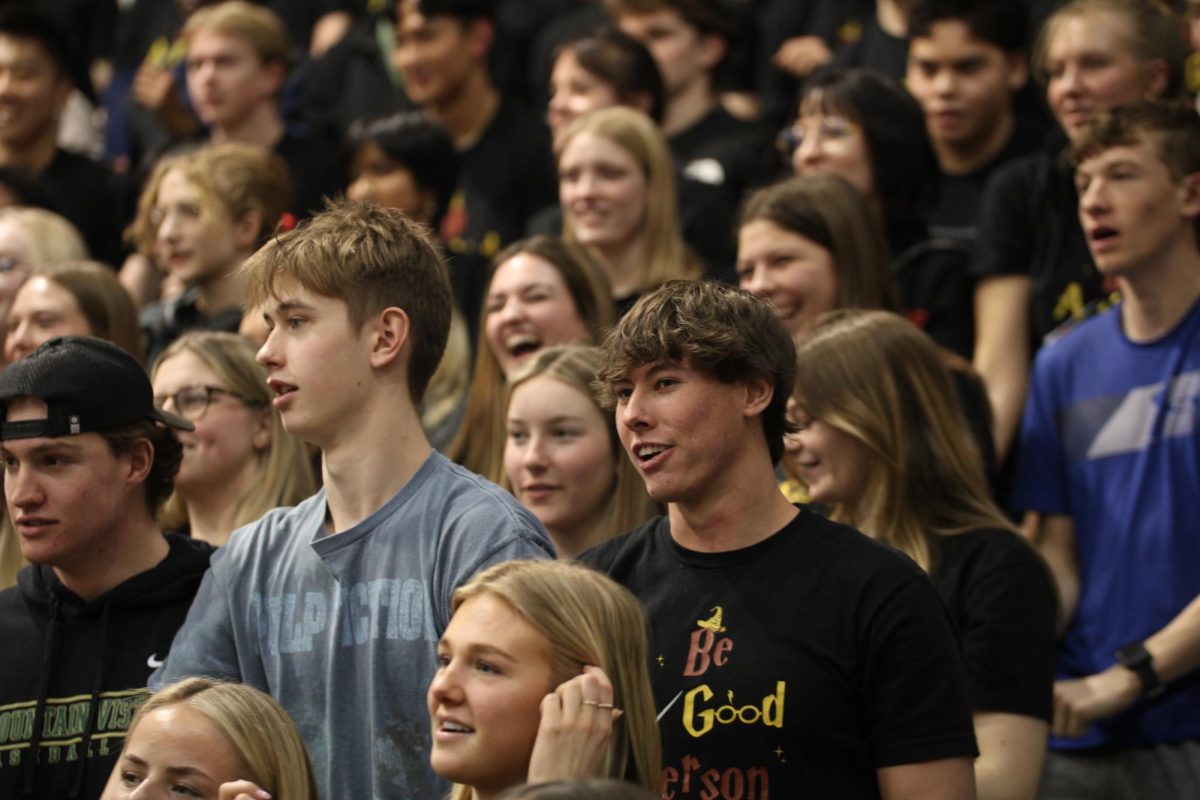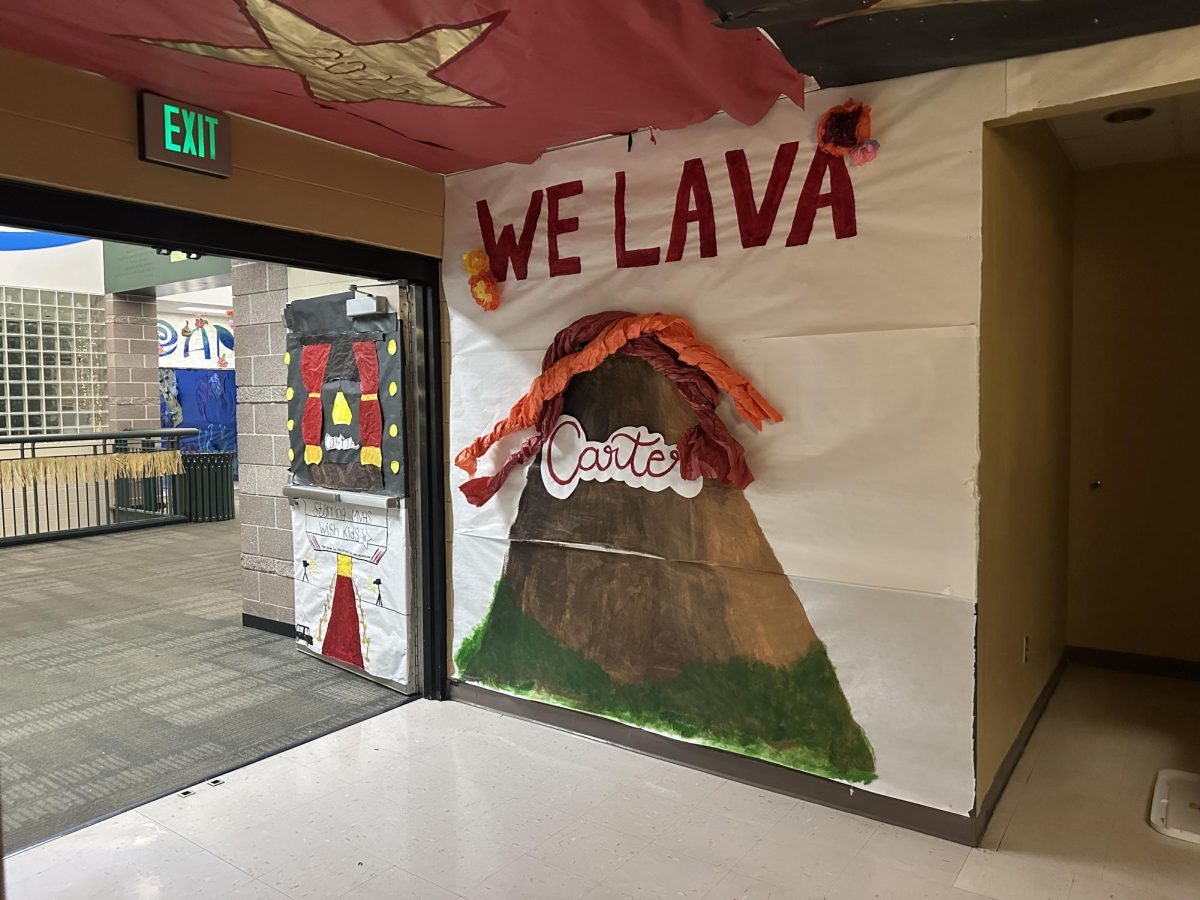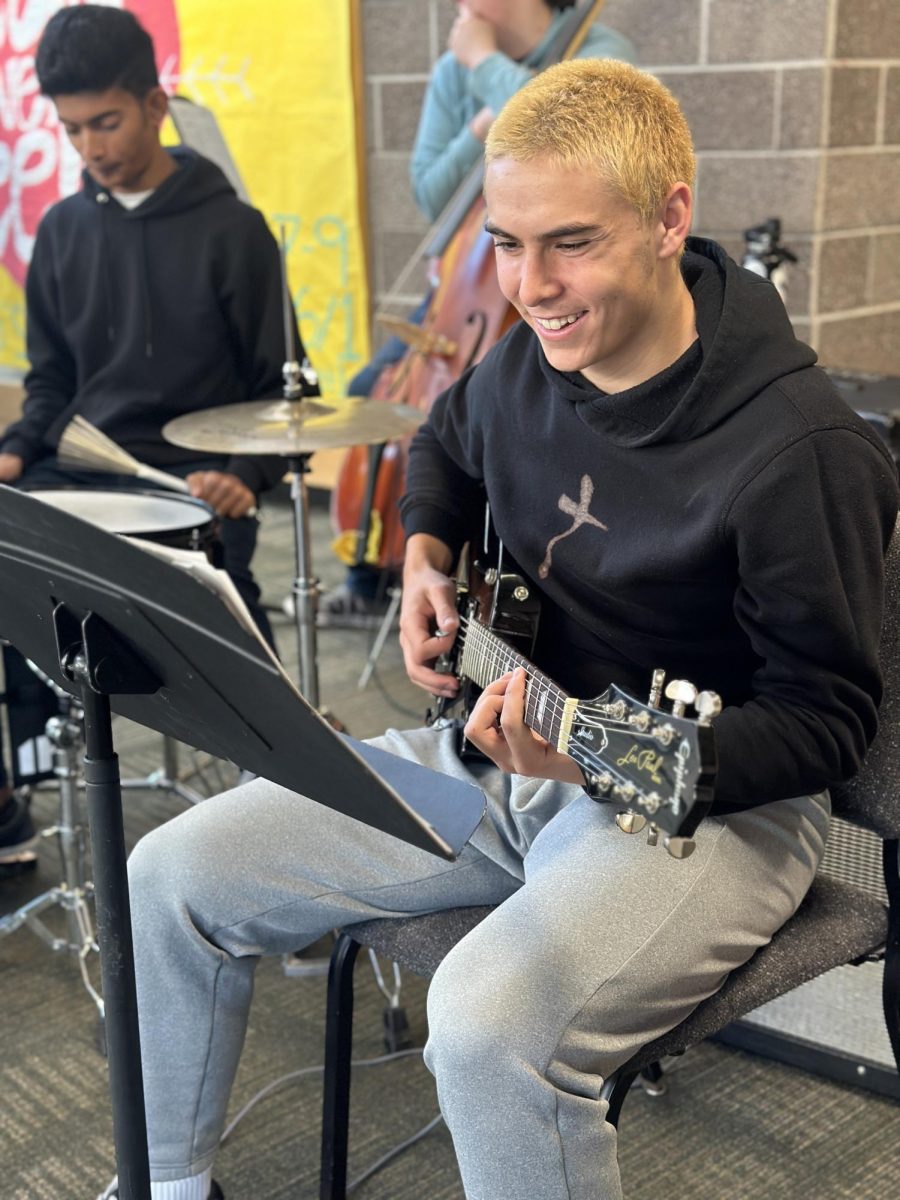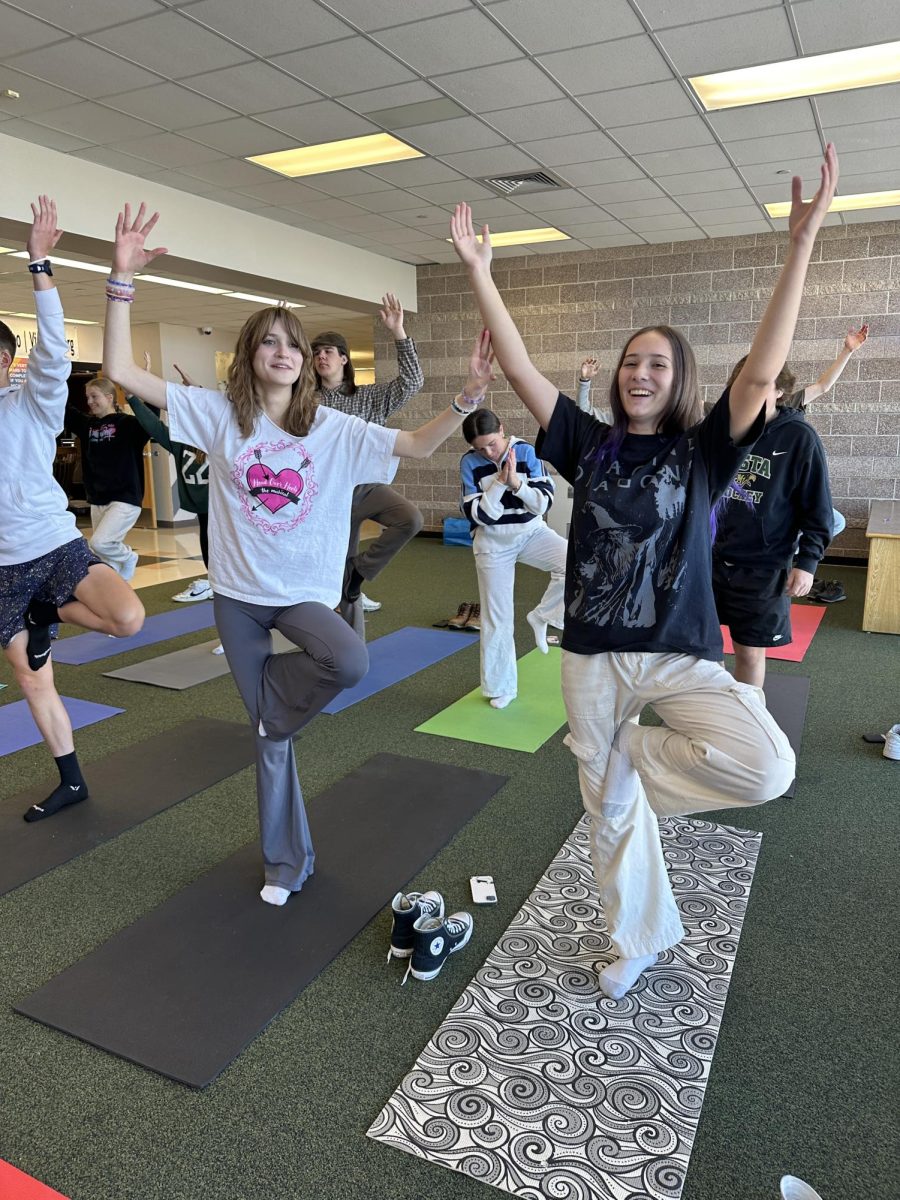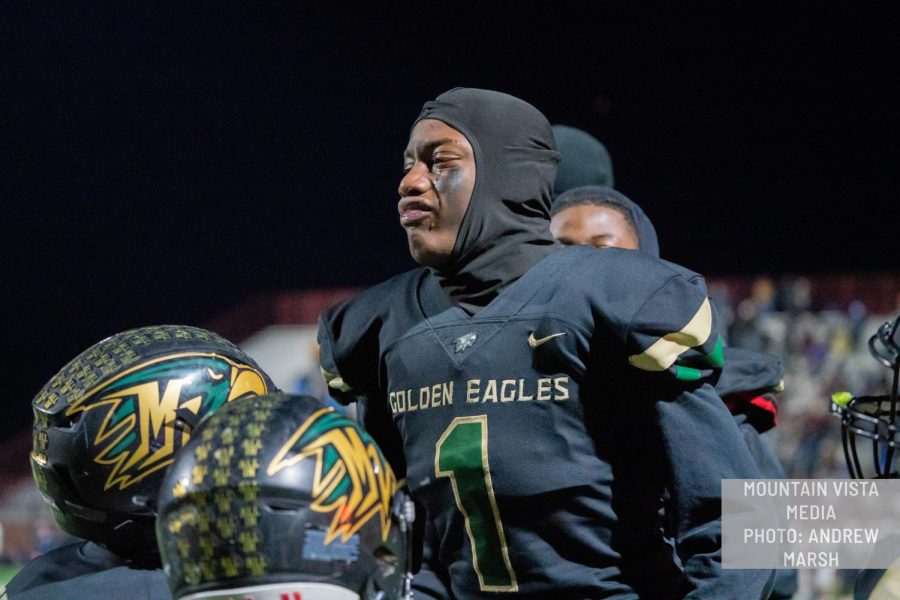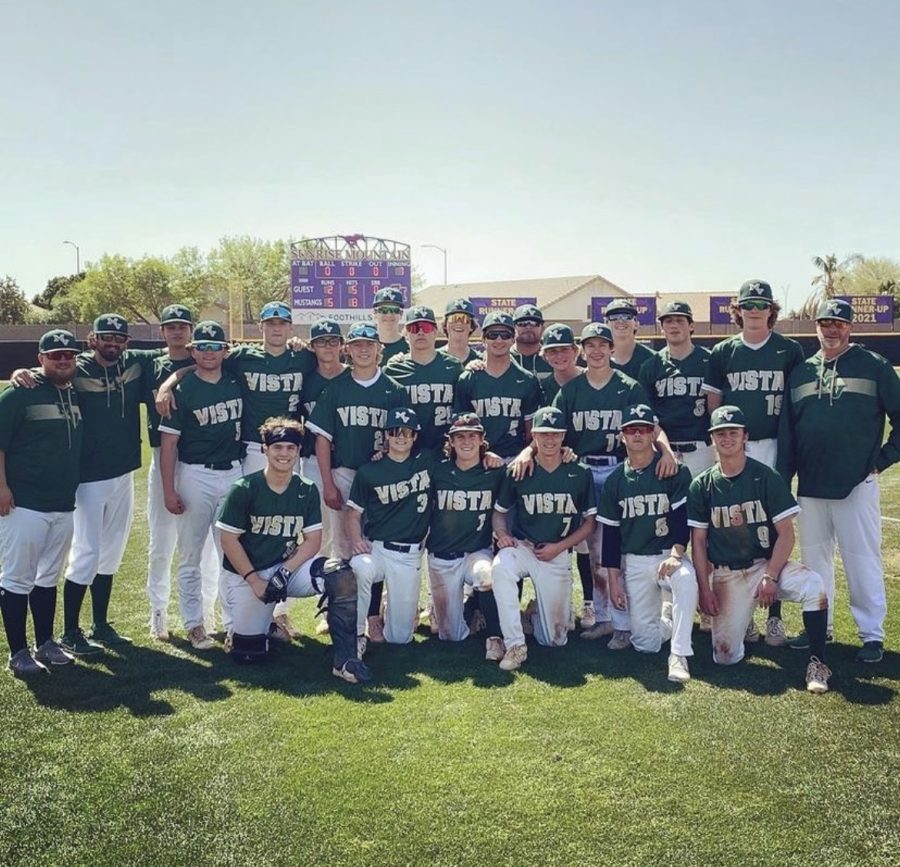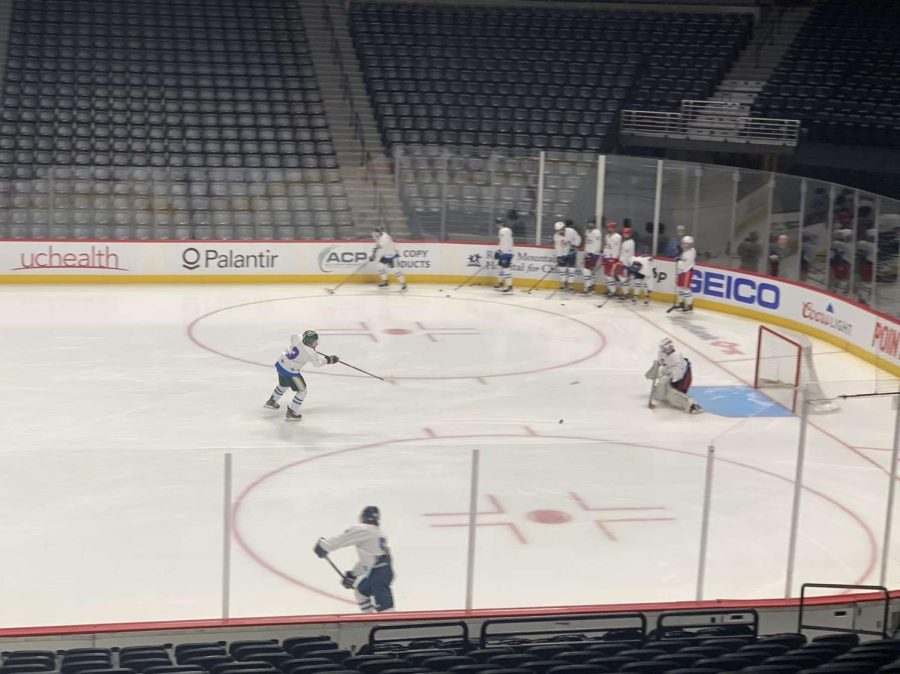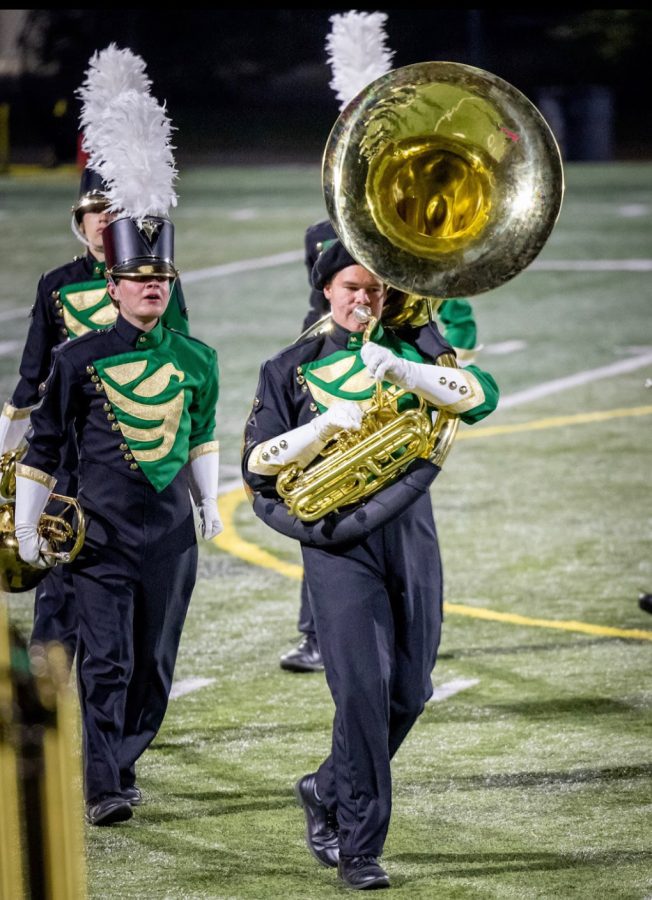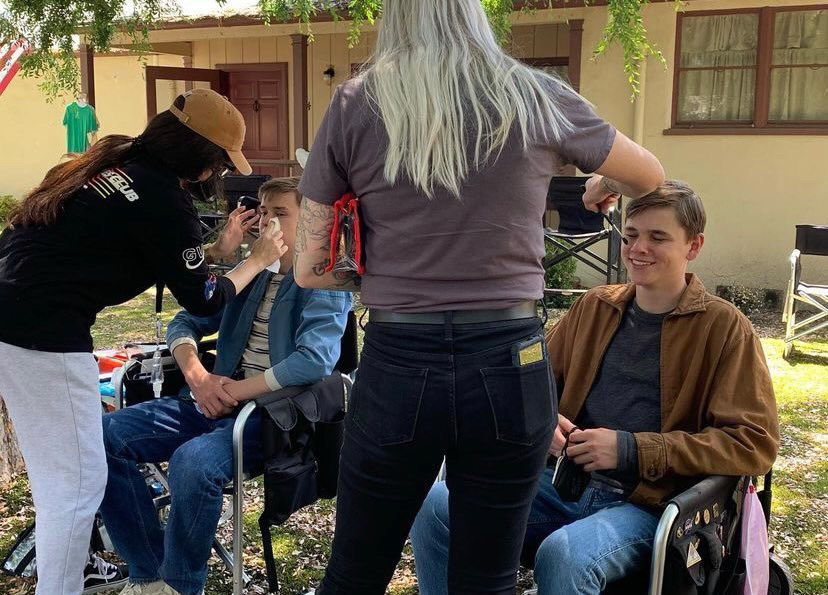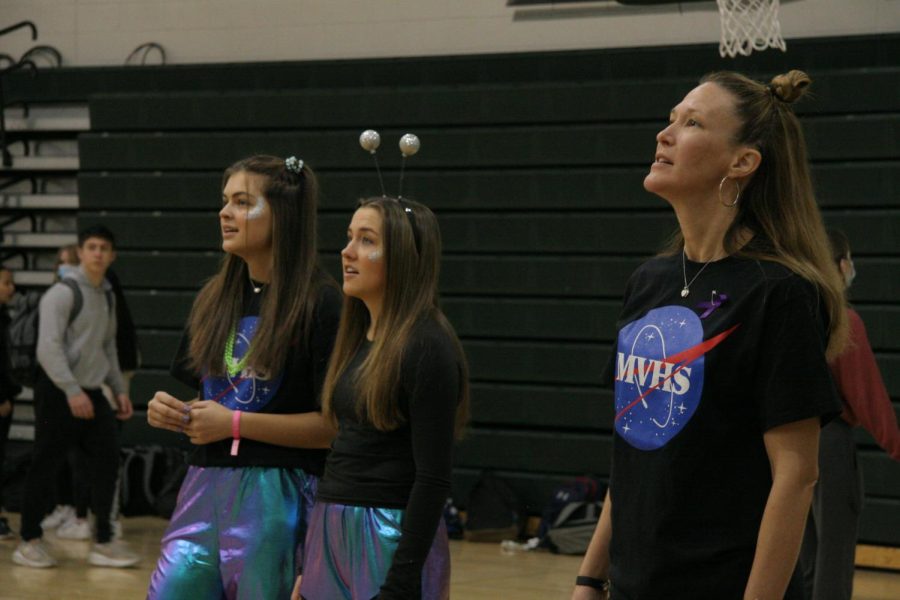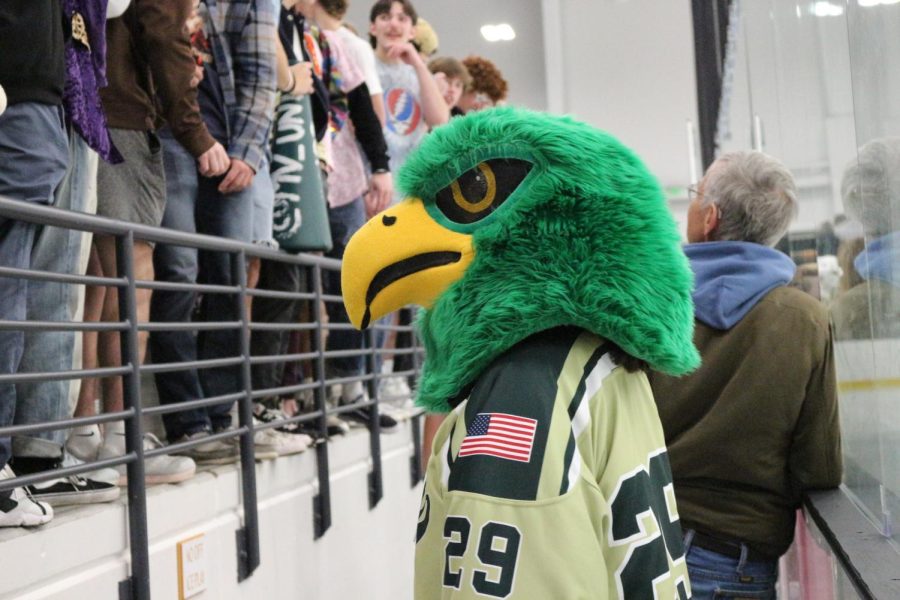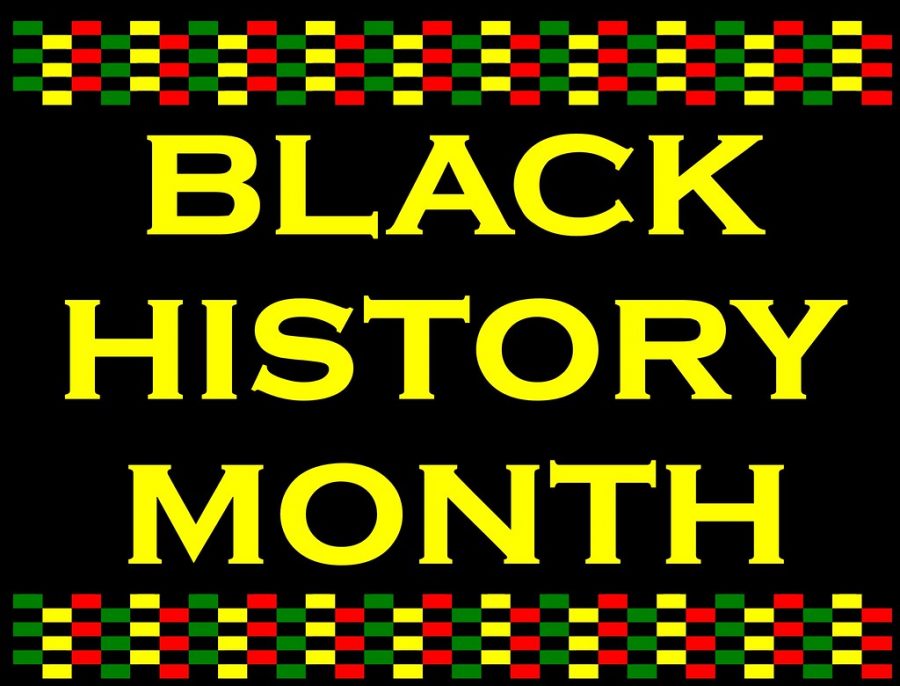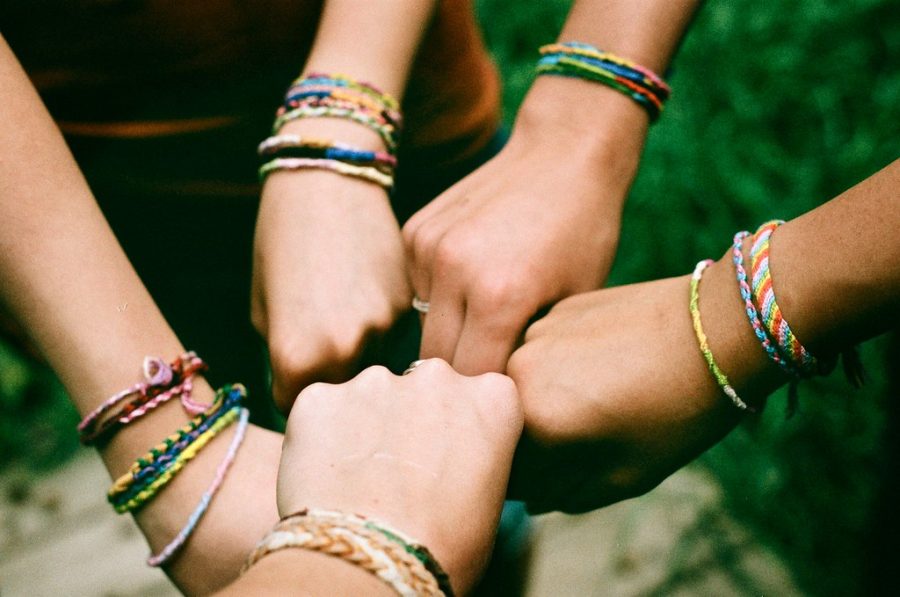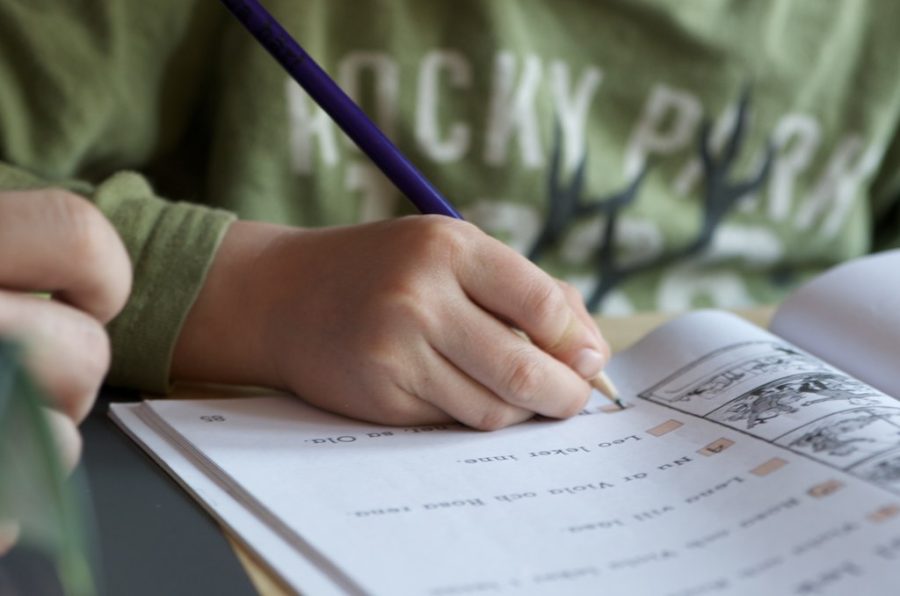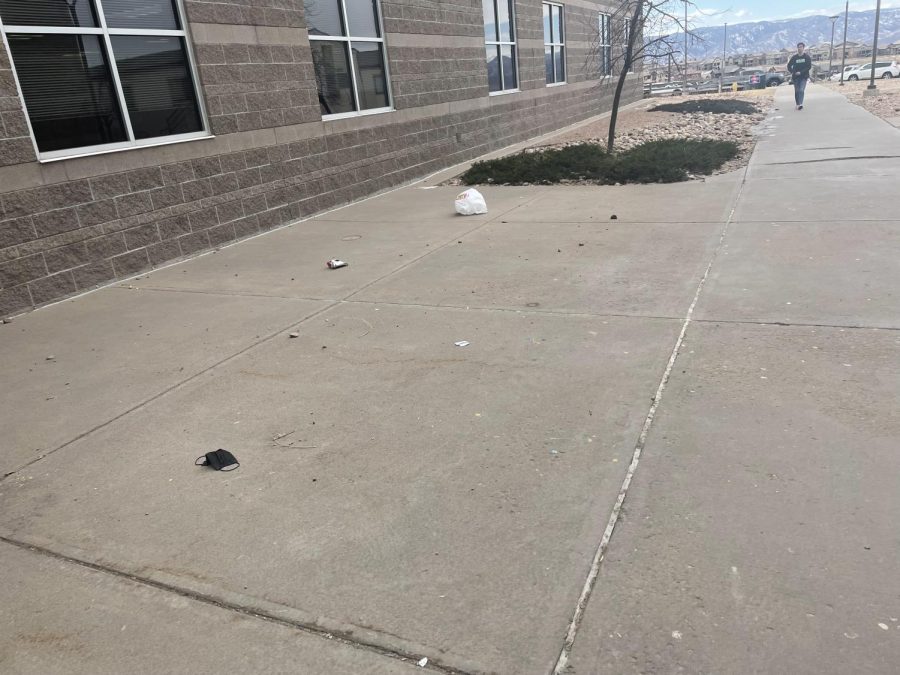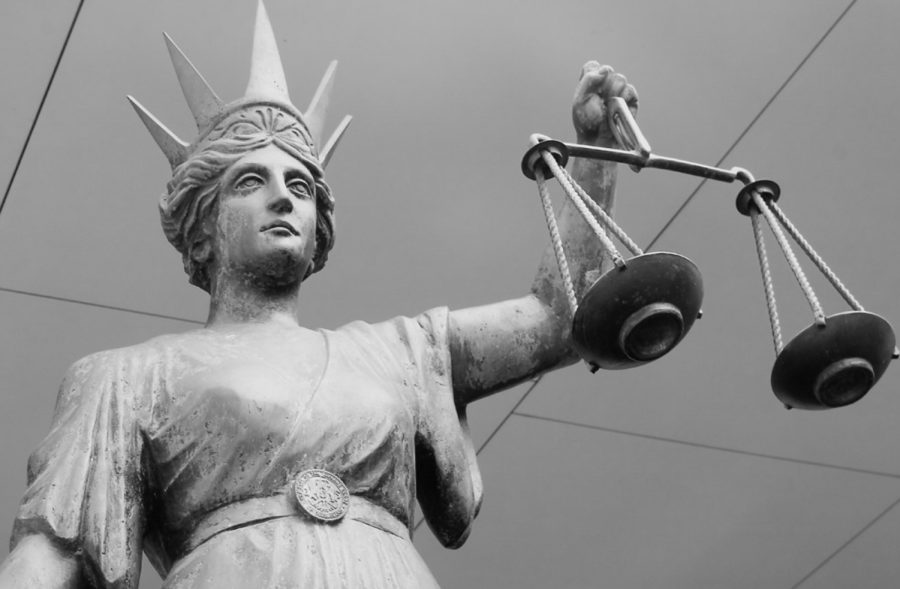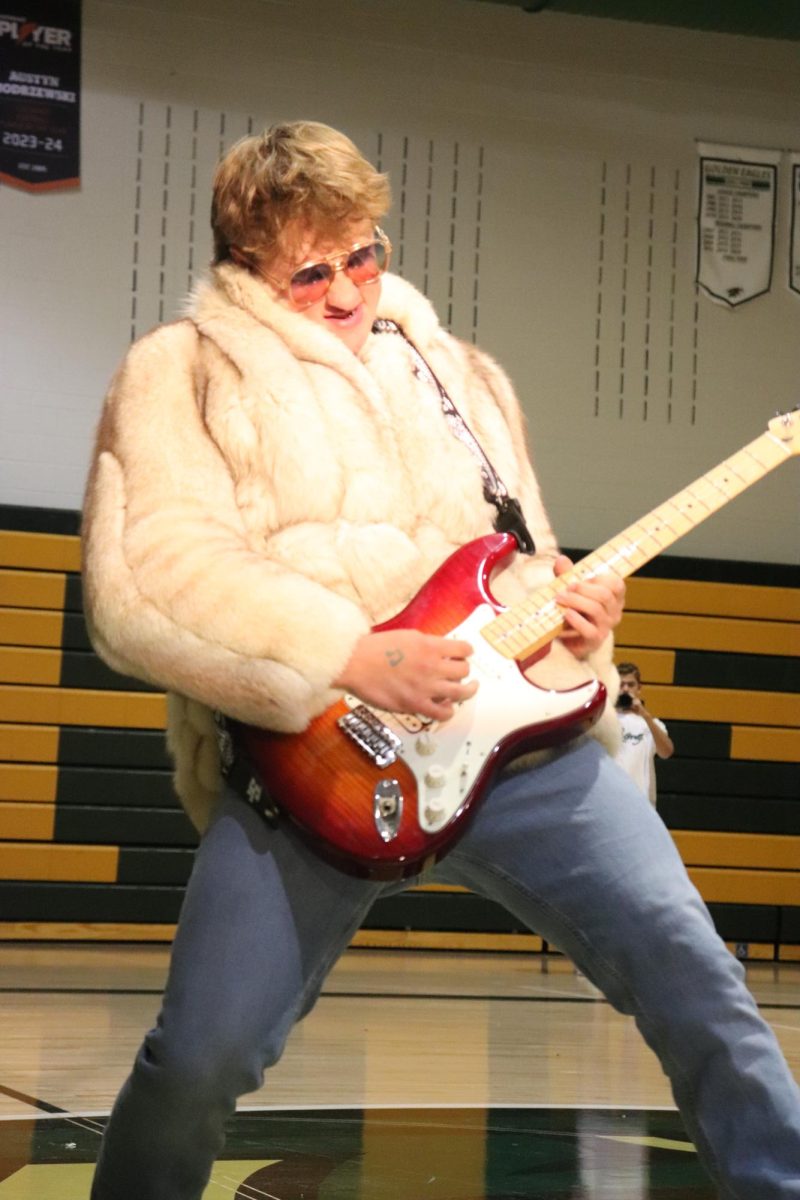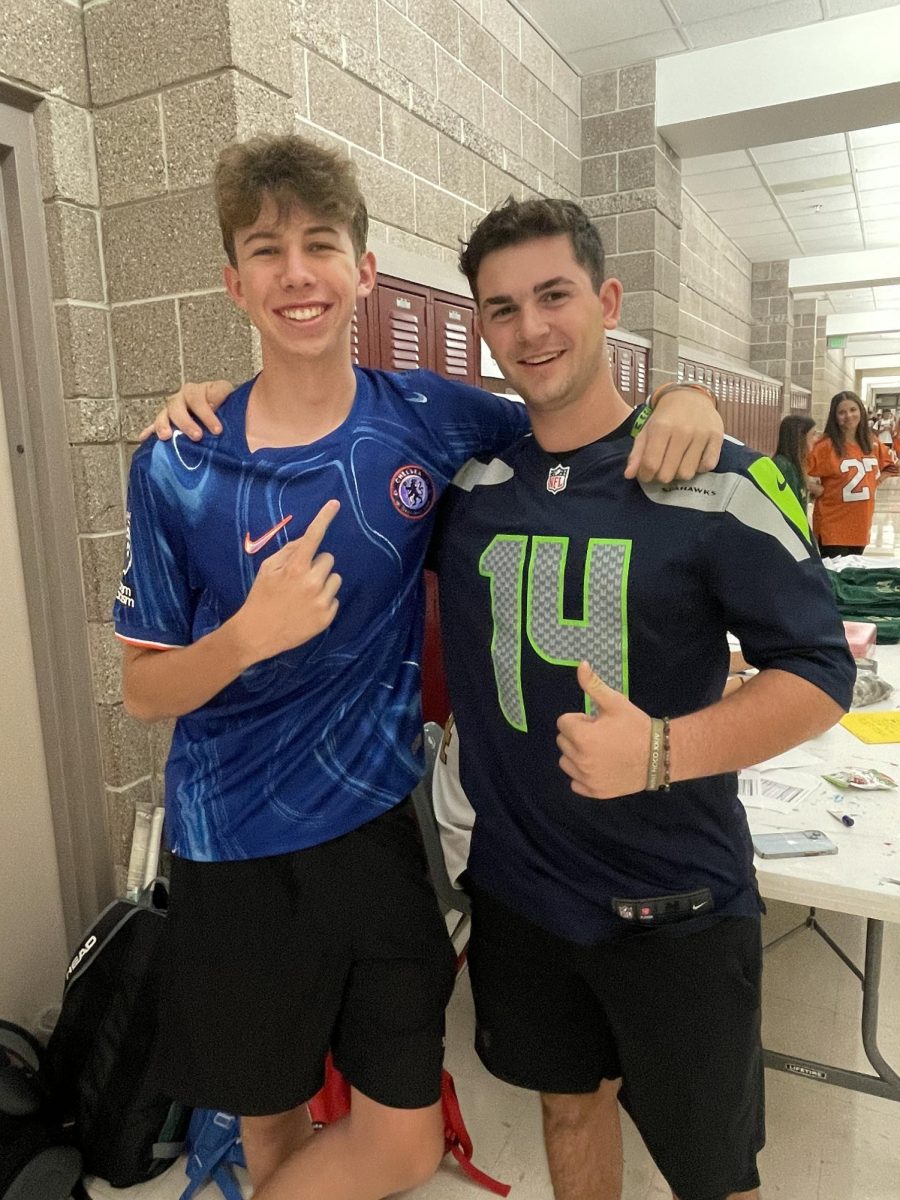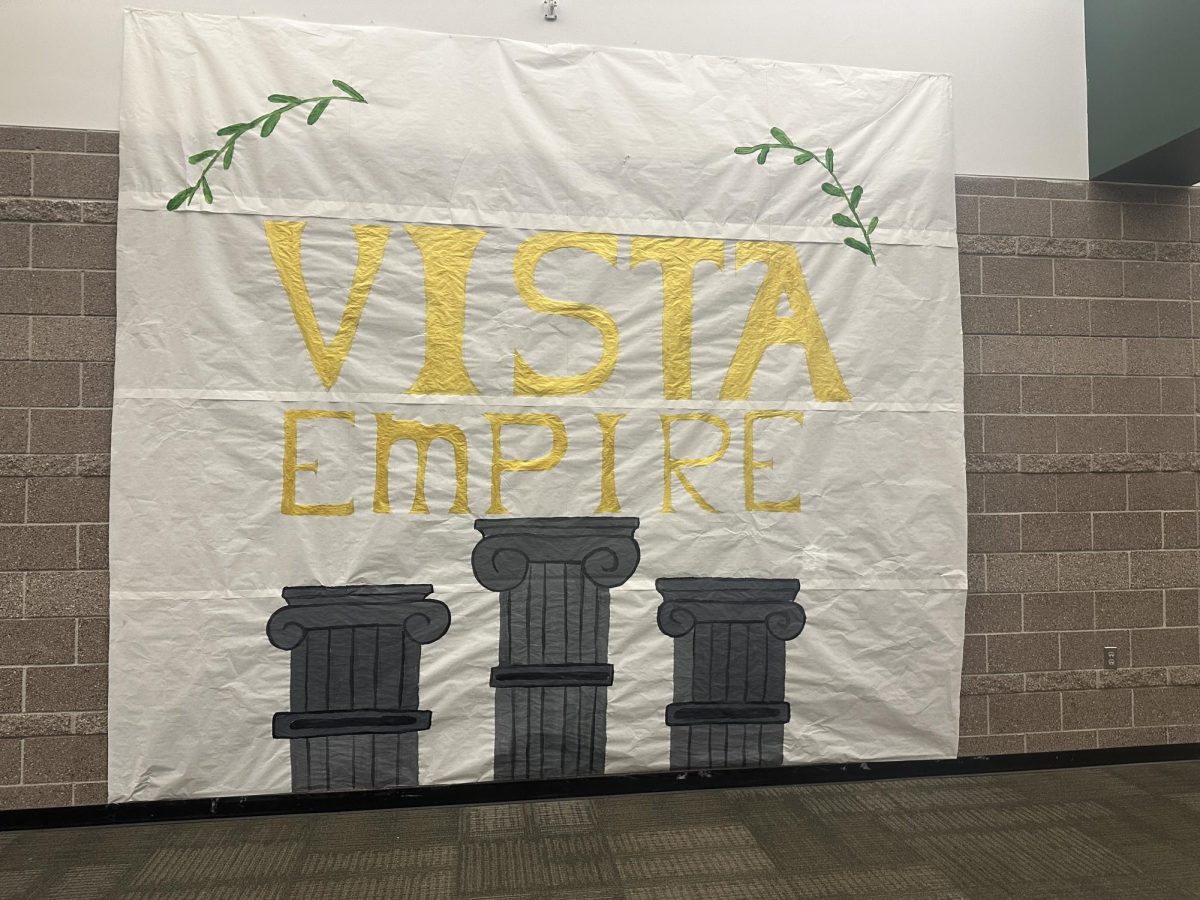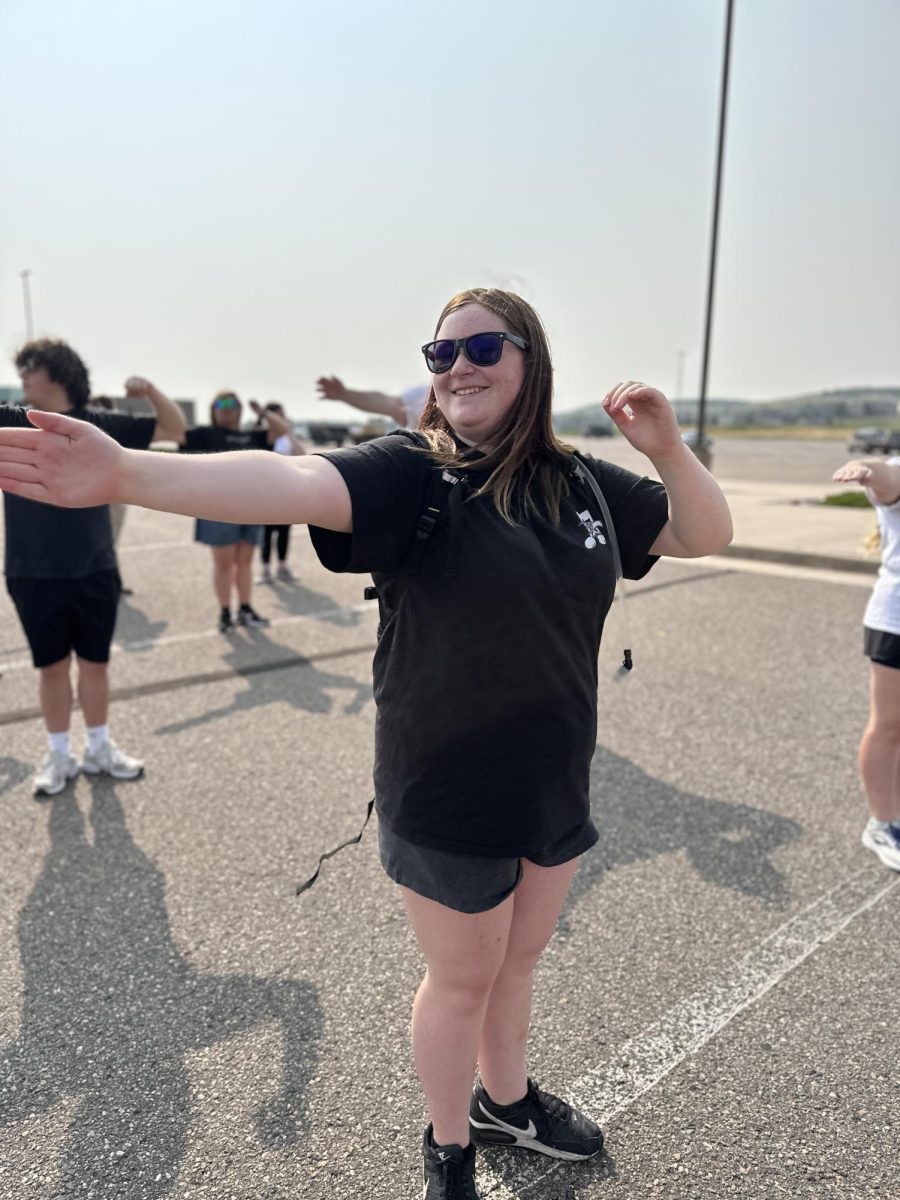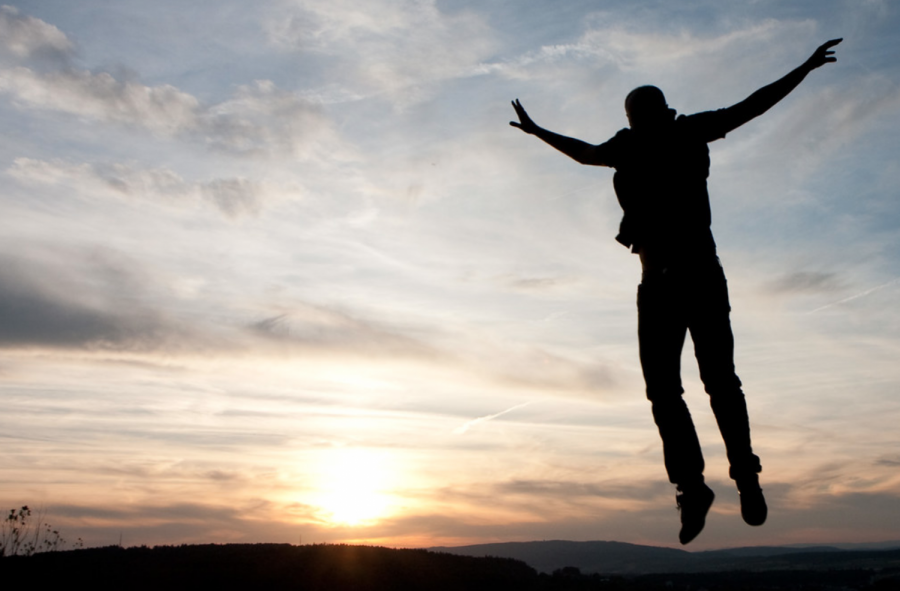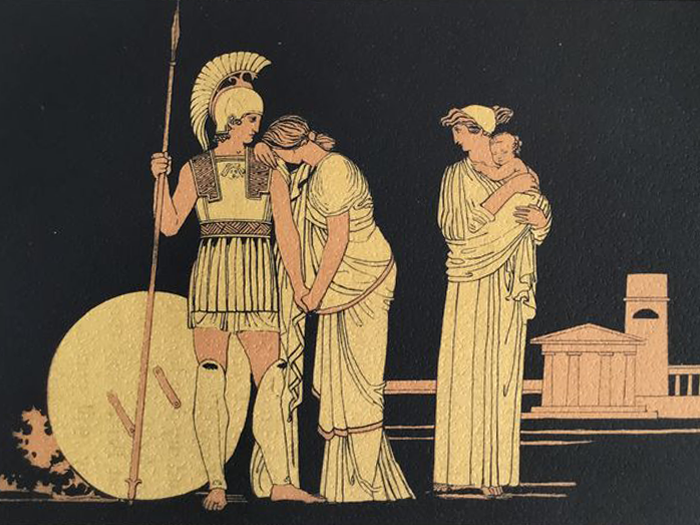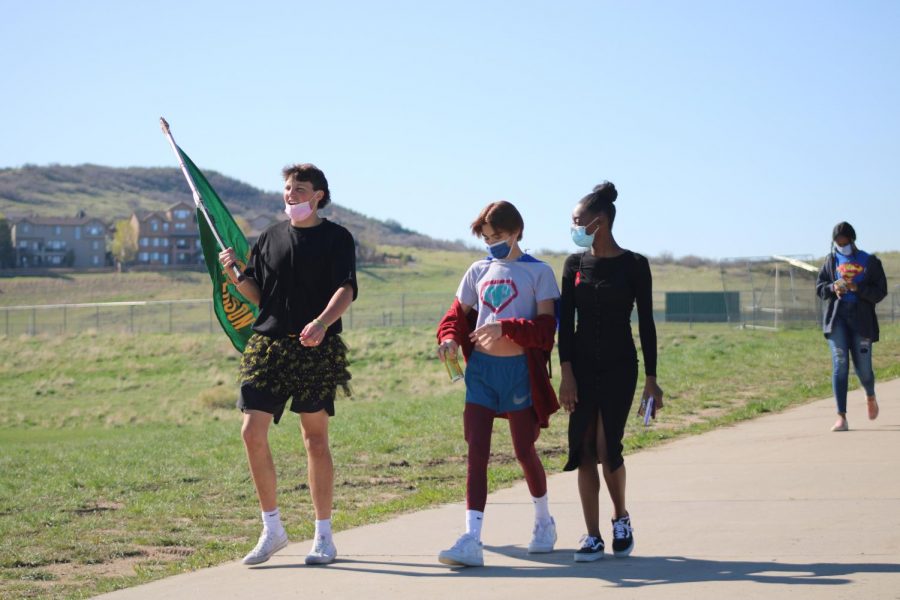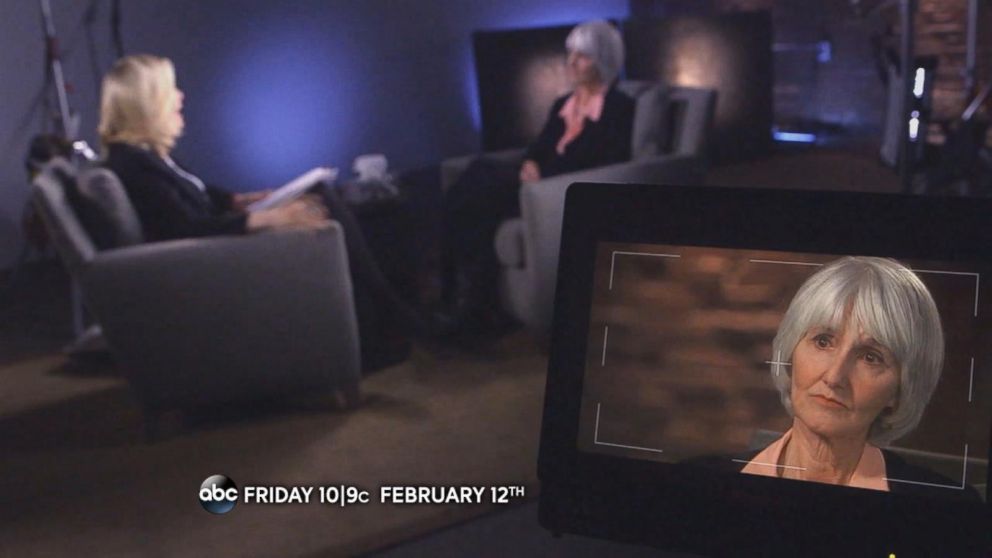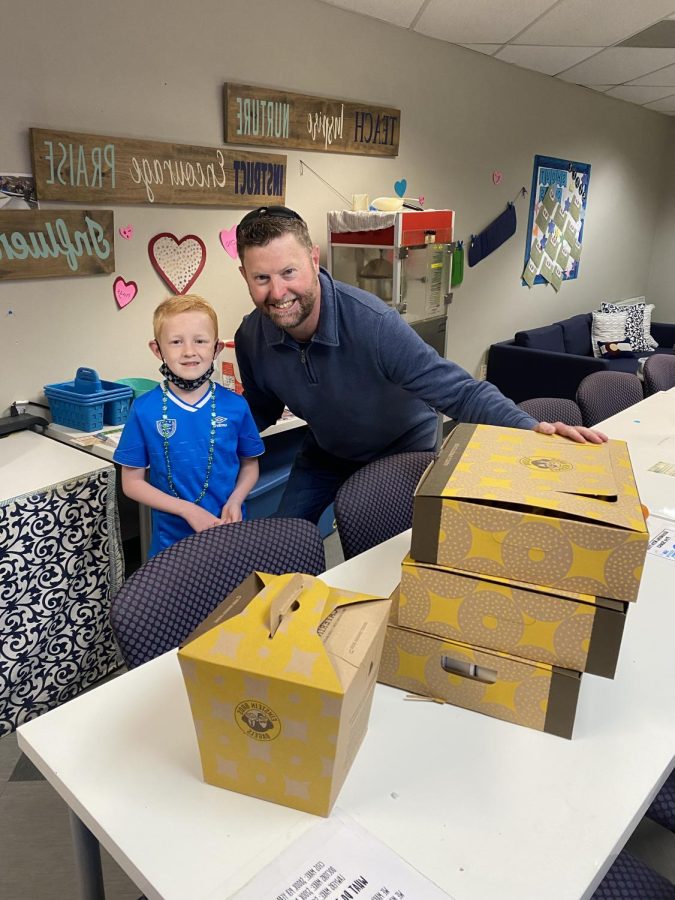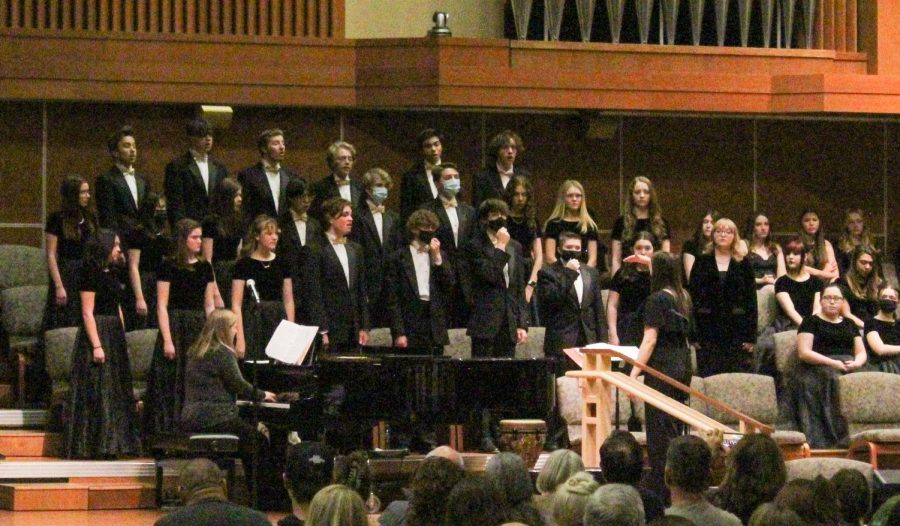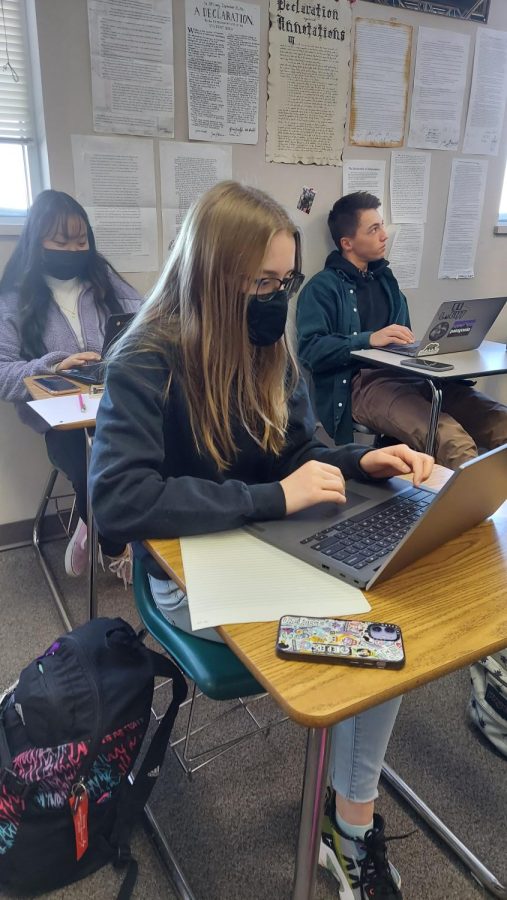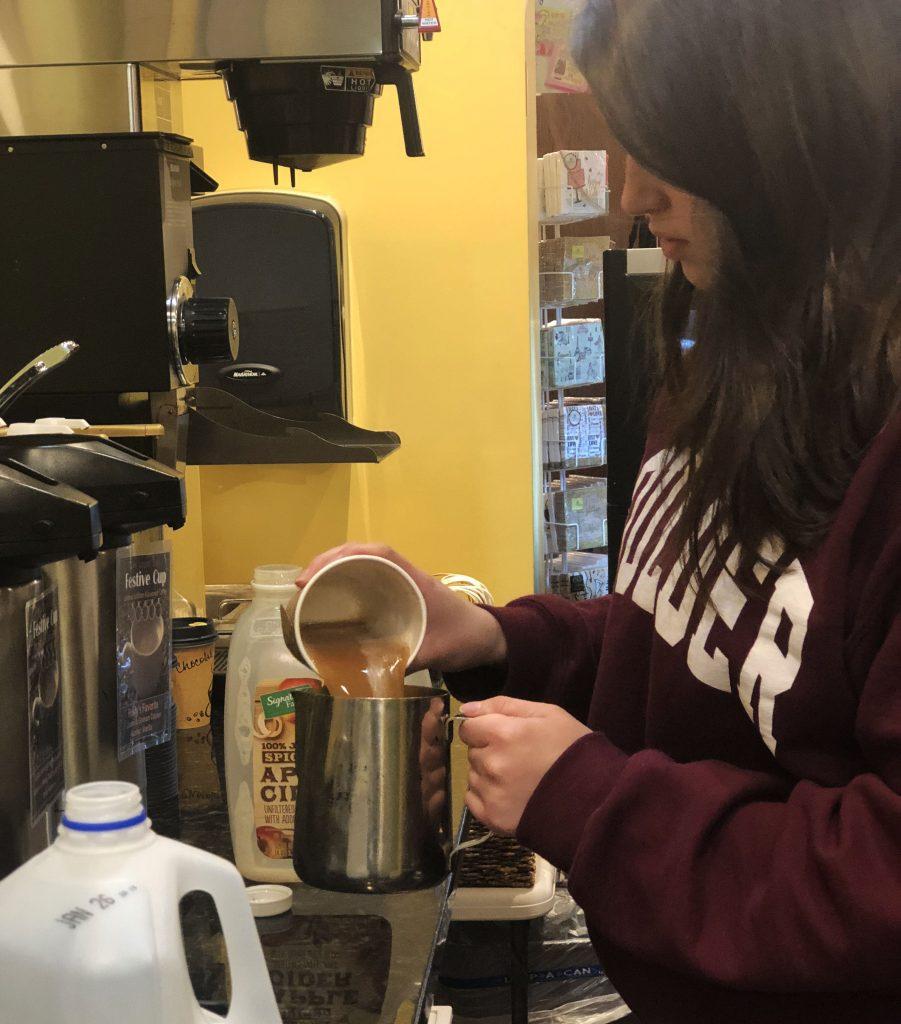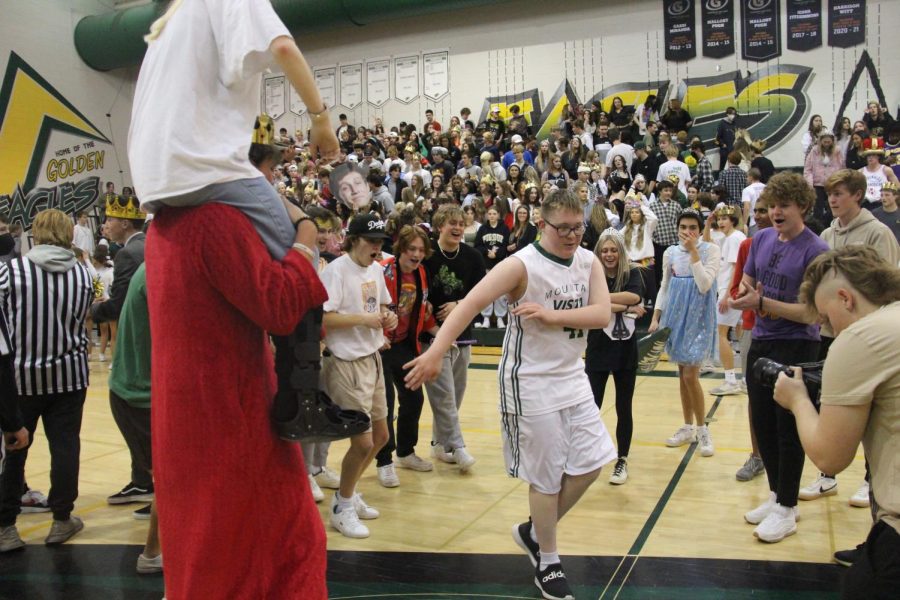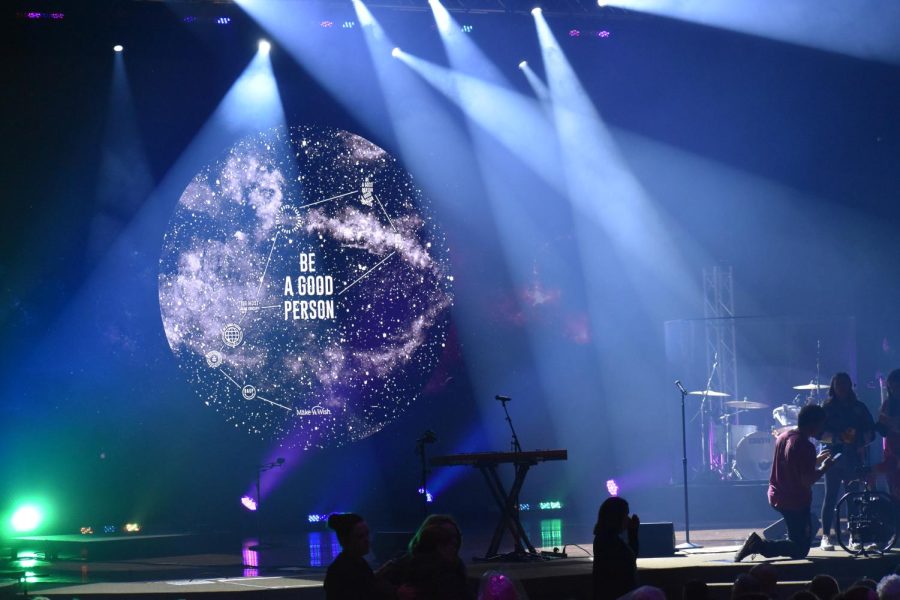LAUREN LIPPERT
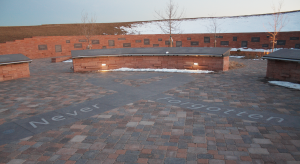 Over the last 17 years, school shootings have become a popular recurrence. It all started with Columbine, which forever changed the world. In a recent 20/20 episode on ABC Susan Klebold, the mother of Columbine gunman Dylan Klebold, speaks for the first time on television after nearly two decades since the ‘99 Columbine shooting. She speaks of the warning signs she missed and the grief that has surrounded her for the last 17 years.
Over the last 17 years, school shootings have become a popular recurrence. It all started with Columbine, which forever changed the world. In a recent 20/20 episode on ABC Susan Klebold, the mother of Columbine gunman Dylan Klebold, speaks for the first time on television after nearly two decades since the ‘99 Columbine shooting. She speaks of the warning signs she missed and the grief that has surrounded her for the last 17 years.
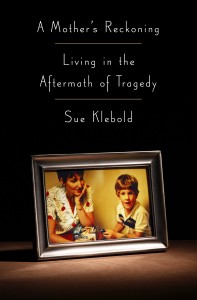 Horrified by her son’s actions, Klebold wrote a memoir “A Mother’s Reckoning: Living in the Aftermath of Tragedy” which was released Feb. 15. She donates the money from her book to mental health and suicide organizations. In her book she writes about “losing her sanity” and being supported by neighbors and colleagues who helped hide her from the aftermath. She comes forward to share her story in hopes of helping other people, as well as to help us all recognize when a child might be in crisis.
Horrified by her son’s actions, Klebold wrote a memoir “A Mother’s Reckoning: Living in the Aftermath of Tragedy” which was released Feb. 15. She donates the money from her book to mental health and suicide organizations. In her book she writes about “losing her sanity” and being supported by neighbors and colleagues who helped hide her from the aftermath. She comes forward to share her story in hopes of helping other people, as well as to help us all recognize when a child might be in crisis.
“I want people to be aware that things can seem awfully right when things are terribly, terribly wrong,” Klebold said.
Haunted by the scene her son left behind, Klebold is devastated, “I saw the end product of a life’s work, I had created a monster,” Klebold said.
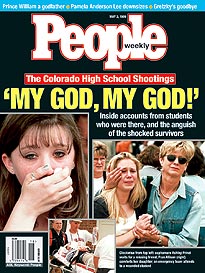 When looking back she saw that all of the signs were there, yet she ignored them. Dylan would come home late and be extremely moody, but she played it off. He would almost always be locked up in his room, blocking himself from the outside world, yet she ignored it assuming he was just being a normal teenager.
When looking back she saw that all of the signs were there, yet she ignored them. Dylan would come home late and be extremely moody, but she played it off. He would almost always be locked up in his room, blocking himself from the outside world, yet she ignored it assuming he was just being a normal teenager.
What Susan failed to realize was that while cooped up in his room, Dylan was documenting his thoughts.
85% of school shooters have been boys who feel rejected by girls. Dylan, however felt alone and suicidal. He writes of committing suicide or going “Natural Born Killers” with his best friend Eric Harris. “Natural Born Killers” is a movie about serial killers who gain popularity through the tabloids.
Filling his journal with thoughts of mass killings, he speaks of how he needs a lot of guns. He even furthered his plans by asking his mother to buy him one. She said no. Failing to listen to his mother, he purchased one and hid it, training at a gun range with Harris.
“I think we like to believe that our love and our understanding is protective and that ‘if anything were wrong with my kids,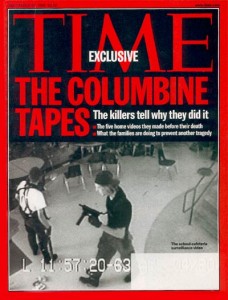 I would know,’ but I didn’t know and I wasn’t able to stop him from hurting other people. I wasn’t able to stop him from hurting himself and it’s very hard to live with that,” Klebold told ABC.
I would know,’ but I didn’t know and I wasn’t able to stop him from hurting other people. I wasn’t able to stop him from hurting himself and it’s very hard to live with that,” Klebold told ABC.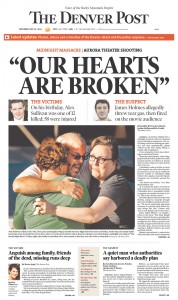
A month before the shooting, Dylan wrote a school paper describing a man who looked like him carrying
a gun and massacring students and teachers. Worried about the writing, the teacher called in his parents and said that she was going to give it to the counselor. In the counselor’s possession, they saw no red flags and believed everything to be fine. In the paper were vulgar words such as “evil” and “revenge”, which helped to drive his need to kill.
When asked if she believed her son to be evil, with a slight hesitation Susan Klebold finally responds with a “no, I don’t think so” As if trying to convince herself that it wasn’t true.
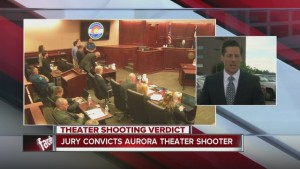 With heavy background knowledge of the shooting, FBI profiler Mary-Allen O’Tol tells ABC how Columbine sparked a new era for mass killings, “Columbine was a new form of shooting. Each one learns from the other. It’s not just a copycat.”
With heavy background knowledge of the shooting, FBI profiler Mary-Allen O’Tol tells ABC how Columbine sparked a new era for mass killings, “Columbine was a new form of shooting. Each one learns from the other. It’s not just a copycat.”
Since then, the number of younger shooters has doubled, each one learning from each other. O’Tol worries about a younger generation being raised on violence, “Many of them have grown up surrounded by violence,” O’Tol said.
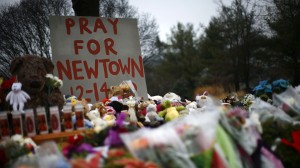
68% of mass shooters in the U.S get their guns from relatives or from home. In comparison to Japan, where it’s harder to obtain guns, there has been a total of 6 mass gun shootings while in the US there has been 30,000.
“Anyone can be the person that observes the behavior and decides that they will interpret it themselves. Frankly most of the time, it’s not something,” O’Tol said. “But maybe it’s just that one peek into what could be the next Columbine.”